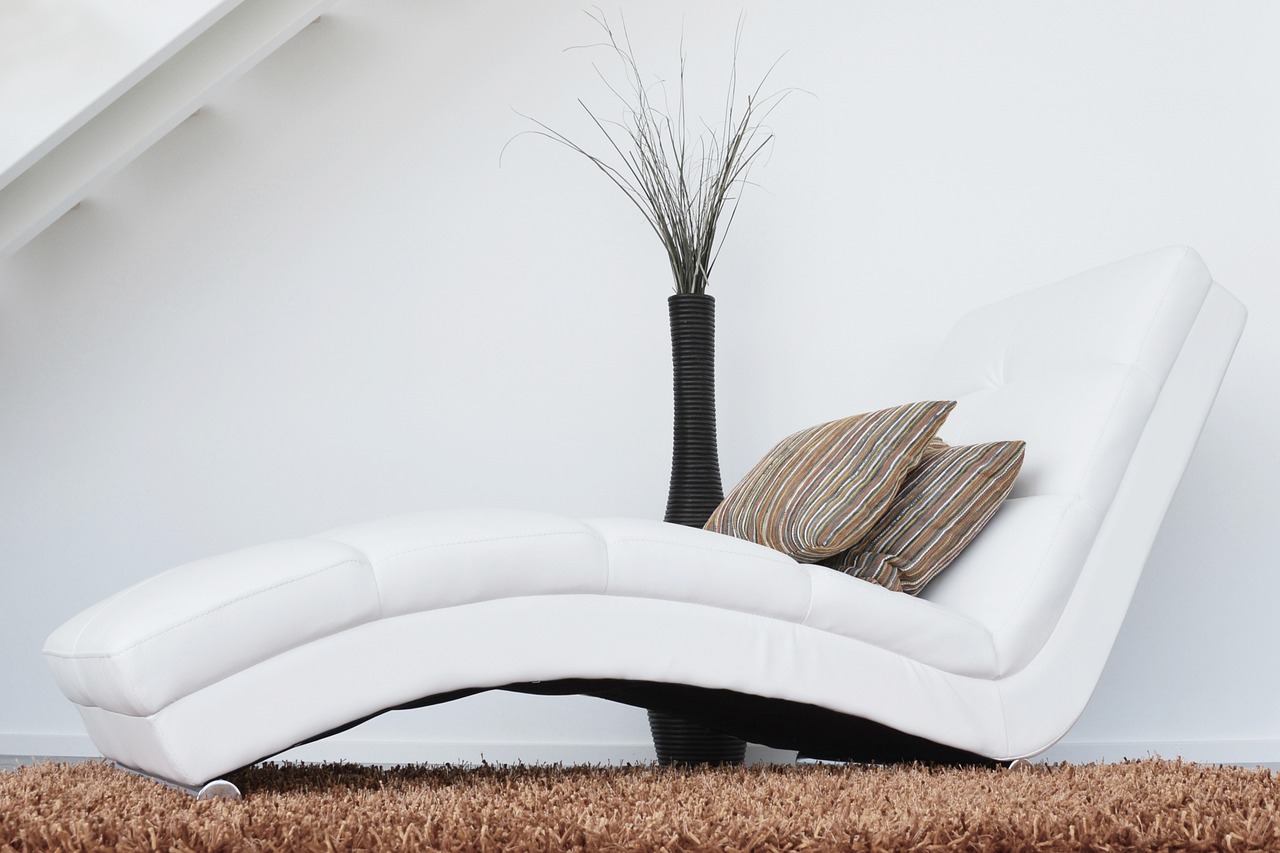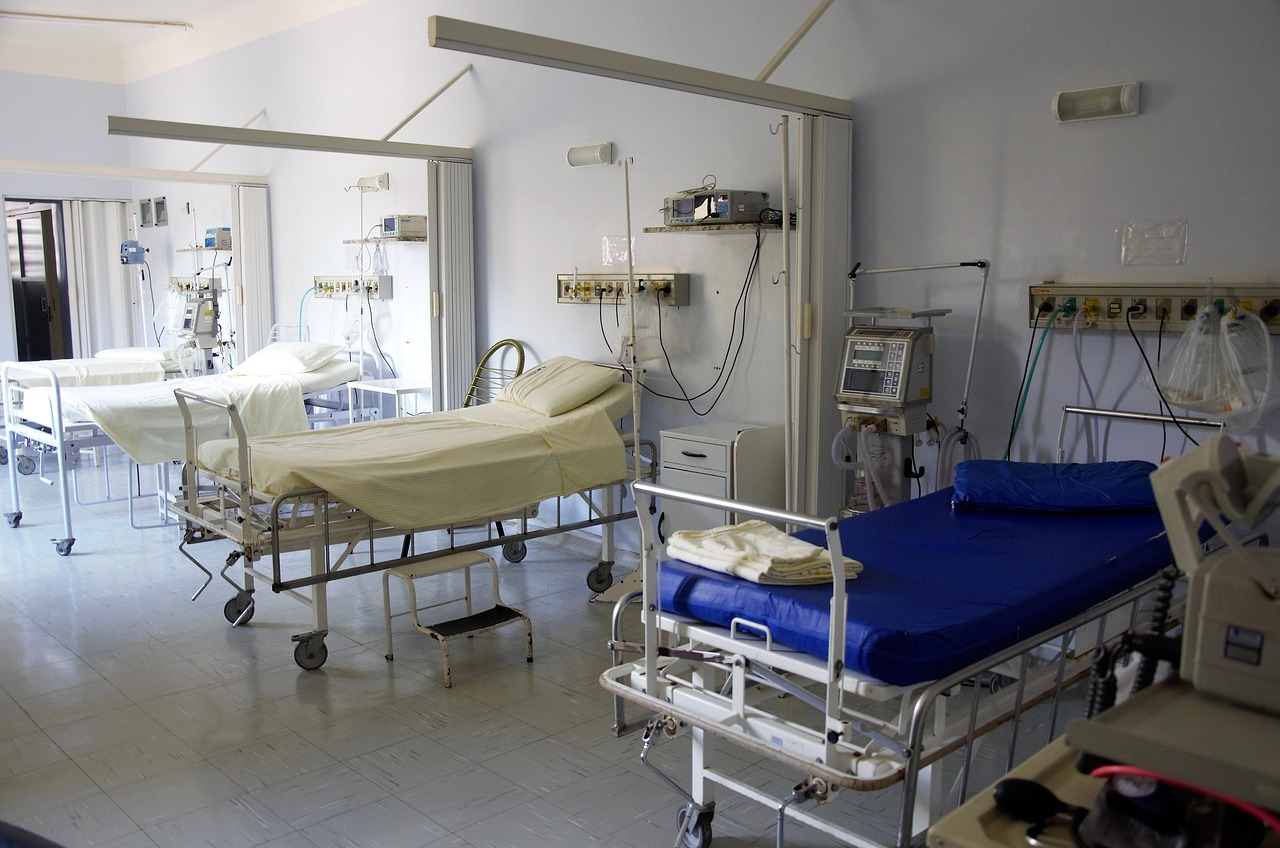In recent years, the healthcare industry has undergone a remarkable transformation. No longer is it just about clinical efficiency and functionality; today, there’s a growing recognition of the importance of patient comfort and the overall aesthetic environment. This shift has led to the evolution of modern healthcare furniture, where comfort meets cutting-edge design. By incorporating innovative materials, ergonomic principles, and aesthetically pleasing designs, healthcare facilities are redefining what it means to create healing environments. This blog post explores how modern healthcare furniture is achieving this balance, enhancing patient care and medical professionals’ work environment.

The Evolution of Health Care Furniture
The transformation of healthcare furniture reflects broader changes in how we perceive healthcare environments. Traditionally, healthcare furniture was functional but often uncomfortable, designed with durability and sterility in mind rather than patient comfort. However, as our understanding of the healing process has evolved, so too has the approach to designing these spaces. Today, furniture in hospitals, clinics, and other healthcare settings is not just about functionality; it plays a crucial role in patient recovery and well-being. Manufacturers are now integrating elements of comfort and design that promote a soothing environment, acknowledging that the physical environment can significantly impact a patient’s recovery journey.
Ergonomics: A Key Consideration
Ergonomics is crucial in modern healthcare furniture design, focusing on enhancing both comfort and functionality. Proper ergonomics ensure that furniture supports the body’s natural posture, reducing strain and discomfort for patients and staff. For instance, adjustable hospital beds and supportive seating are designed to accommodate various needs and alleviate physical stress. A notable example is the incorporation of stylish reception chairs, which seamlessly blend aesthetic appeal with ergonomic principles, making waiting areas both inviting and comfortable. By integrating ergonomic considerations into all aspects of healthcare furniture, facilities can improve patient outcomes and overall satisfaction, creating a more supportive and less stressful healing environment.
The Role of Aesthetics in Healing
Aesthetics play a surprisingly important role in healthcare settings. Studies have shown that a well-designed environment can have a positive impact on patient recovery times, mood, and overall satisfaction. Modern healthcare furniture is now being designed with aesthetics in mind, incorporating colors, textures, and materials that create a calming and inviting atmosphere. For example, warm wood tones, soft fabrics, and natural light are increasingly being used to create spaces that feel more like home and less like a clinical setting. This approach not only makes patients feel more comfortable but also helps reduce the anxiety and stress often associated with hospital stays.
Innovation in Materials
The materials used in modern healthcare furniture are just as important as the design itself. With the advent of new technologies and materials, healthcare furniture is becoming more durable, hygienic, and sustainable. Antimicrobial fabrics and surfaces, for example, are now common in healthcare settings, helping to reduce the spread of infections. Additionally, the use of sustainable materials like bamboo, recycled plastics, and low-VOC (volatile organic compounds) finishes reflects a growing commitment to environmental responsibility within the industry. These innovative materials not only enhance the longevity and cleanliness of the furniture but also contribute to a healthier and more sustainable environment for patients and staff.
The Impact of Technology
Technology is playing a significant role in the evolution of healthcare furniture. From smart beds that can monitor a patient’s vital signs to chairs that provide therapeutic massage, the integration of technology into furniture design is revolutionizing patient care. These technological advancements allow for more personalized and effective treatment, as well as greater convenience for both patients and medical professionals. For instance, smart hospital beds equipped with sensors can alert nurses to changes in a patient’s condition, enabling quicker responses and reducing the risk of complications. Similarly, adjustable chairs with built-in heating and cooling functions can enhance patient comfort during long treatments. The incorporation of technology into healthcare furniture is a clear example of how cutting-edge design is being used to improve the patient experience.
Flexibility and Adaptability in Design
One of the key trends in modern healthcare furniture design is the emphasis on flexibility and adaptability. Healthcare environments are dynamic, with needs that can change rapidly depending on patient volume, treatment types, and other factors. Modern furniture is designed to be versatile, allowing for easy reconfiguration to accommodate different uses. For example, modular seating arrangements can be quickly rearranged to create private spaces for consultations or larger areas for group therapy sessions. Similarly, multipurpose furniture that can serve as both a seating area and a storage unit helps maximize the use of space in often crowded healthcare settings. This flexibility not only improves the functionality of the space but also enhances the overall efficiency of the healthcare facility.
Patient-Centered Design
The shift towards patient-centered design in healthcare furniture is another important development. Today’s designs are focused on the needs and preferences of patients, ensuring that every aspect of the furniture contributes to a positive experience. For instance, bedside tables and chairs are now designed with features that make them more accessible and easier to use for patients with limited mobility. Recliners and sofas in patient rooms are designed to be comfortable for both patients and visitors, recognizing the important role that family and friends play in the healing process. By prioritizing the comfort and convenience of patients, modern healthcare furniture is helping to create environments that truly support healing.
The Future of Health Care Furniture
As health care continues to evolve, so too will the furniture that supports it. The future of healthcare furniture design will likely see even greater integration of technology, with more advanced smart features and automation becoming standard. Additionally, we can expect to see continued innovation in materials, with a focus on sustainability and durability. The trend toward more personalized and patient-centered design is also likely to continue, as healthcare providers recognize the importance of creating environments that support both the physical and emotional well-being of patients. Ultimately, the future of healthcare furniture will be defined by a commitment to blending comfort with cutting-edge design, creating spaces that are as supportive of healing as they are efficient and functional.

Modern healthcare furniture reflects the changing landscape of the healthcare industry. By blending comfort with cutting-edge design, today’s healthcare environments are becoming more patient-centered, aesthetically pleasing, and technologically advanced. This evolution is not just about creating a better experience for patients; it’s about improving outcomes, enhancing the efficiency of care, and ultimately contributing to a healthier and more sustainable future. As health care continues tolve, so too will the furniture that supports it, driving forward new innovations that redefine what it means to create healing environments.



